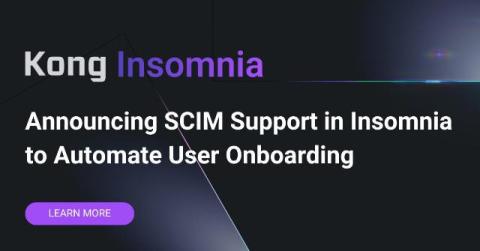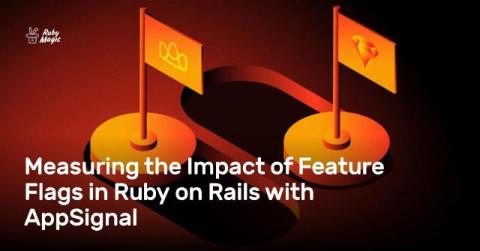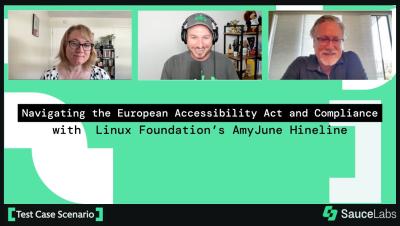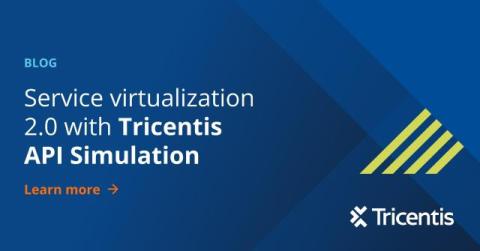Announcing SCIM Support in Insomnia to Automate User Onboarding
Today we're excited to introduce SCIM (System for Cross-domain Identity Management) support in Kong Insomnia to automatically provision and deprovision user accounts using a third-party IDP. This capability will enormously simplify the process of onboarding enterprise users into Insomnia, and it's available today for every Enterprise plan customer.











